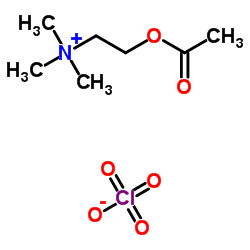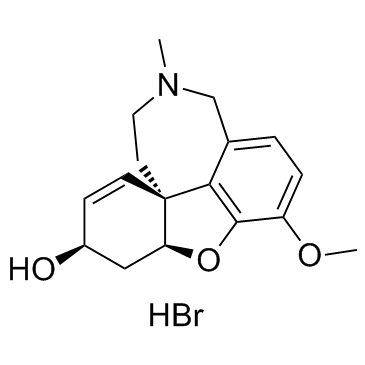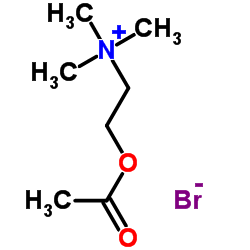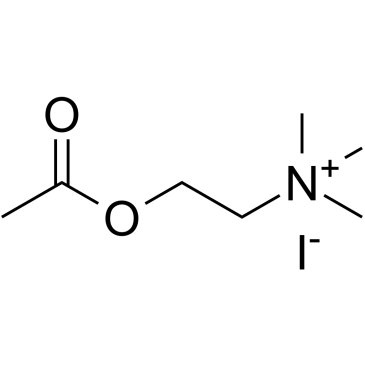| Structure | Name/CAS No. | Articles |
|---|---|---|
 |
2-Acetoxy-N,N,N-trimethylethanaminium perchlorate
CAS:927-86-6 |
|
 |
Acetylcholine chloride
CAS:60-31-1 |
|
 |
Galantamine hydrobromide
CAS:1953-04-4 |
|
 |
Acetylcholine Bromide
CAS:66-23-9 |
|
 |
2-Acetoxy-N,N,N-trimethylethanaminium iodide
CAS:2260-50-6 |